Alles was Sie brauchen, auf einen Blick
Unsere Erkenntnisse sind detailliert und gut recherchiert. Sie behalten den Überblick darüber, was auf dem Markt passiert, und ermöglichen es Ihnen, der Konkurrenz immer einen Schritt voraus zu sein.
Sign up to our newsletter to get exclusive insights and never miss an article.

Leaving consulting? Industry roles can mean short-term pay cuts but offer long-term growth potential.
Thinking about leaving consulting? Be that for a corporate, a start-up or private equity, find out your post consulting salary potential.
Consulting skills are extremely transferable. You work with some of the most capable people in business. The skills you develop are highly sought-after in the job market. one of the most appealing things about a career in a consultancy. Consulting is a classic option for those wishing to keep doors open.
- Explore current opportunities on Movemeon.com
- Solve a business challenge, hire a Movemeon professional
- Follow Movemeon for live job posts and leading professional content
- Follow Payspective, our sister company, for salary benchmarking
There are many valid reasons why someone may wish to leave consulting. One example is senior-level consultants are paid between 10-30% less than their peers "in industry" - both corporates & start-ups. However it's certainly not all about the money and, indeed, for most people, pay will not be the most important determining factor (e.g, job satisfaction, work-life balance, etc). That said, making ends meet underpins going to work.
So when you are confronted by the option of leaving consulting - be that for a corporate a start-up or for private equity - there is no harm in understanding the likely impact of that decision on your earnings. So here goes...
Consulting vs 'industry' - short-term pain, long-term gain
The most common path out of consulting is into 'industry' (by that, I mean a large-ish national or multi-national corporate). Typically, consultants join strategy or project management-type teams before transitioning into more operational roles later down the line. The "short-term pain" is that, at more junior levels, you will earn less in a corporate than in consulting (Senior Analyst [-35%], Associate [-21%], and Manager [-8%]).
However, as you'll have noticed, the gap narrows as you become more senior. It reverses at levels above Manager - the "long-term gain" - where, on average, annual compensation is 7% more than in consulting firms. Moreover, if you’re leaving consulting for ‘industry’, you can expect additional elements of your compensation package to be likely available and open to negotiation.
In industry, LTIPs are important
The reversal described above is driven by the different compensation structures. In a large consulting firm at levels above Manager, 92% of total compensation is a 'cash' element (i.e, basic + bonus). In a corporate, it's just 73%, with the big difference being the value of share allocations. Another point of interest is that share allocations don't tend to kick in until you are more senior than Manager.
Shares represent 19% of total compensation at these levels and only 5% of total compensation as a Manager. So when you are considering an offer from industry, make sure you ask about / negotiate in a long-term incentive program (LTIP) which grants you shares.
Consulting vs 'start-up' - it's all about the equity
Over recent years, start-ups and scale-ups have become very popular destinations for consultants. With growth stage start-ups receiving 24.59% of applications. On Movemeon, jobs in these industries are the most frequently posted types of opportunities. However, you need to be realistic about what you will be paid. Start-ups cannot afford to pay the best salaries. Neither do they have to, thanks to their popularity. So the pay advantage of staying in consulting is even starker at junior levels than compared to corporates. At Manager level, for instance, pay in start-ups lags consulting by 20%.
That said, joining a successful start-up does pay back if you stick with it. At levels more senior than Manager, the value of start-up packages is 31% more than their consultancy equivalents (and 7% more than corporates). The make-up of those packages, however, is extremely complicated. Only 30% of the value in a start-up is realised as cash and 63% relates to equity. So if that's important to you (for example to pay your mortgage and meet all your monthly out-goings), staying in consulting or moving to a corporate will prove more "liquid", even if the total value is exceeded by a successful start-up package.
Private equity - a financial services-type bonus
PE remains a very popular option. But it's often assumed that salaries are higher than in consulting. This is the case to a certain extent, but perhaps not as much as you'd expect - in the 10-15% range at Senior Analyst, Associate, and Manager levels. Where there is a big difference is in total compensation. Managers average a ~60% bonus in PE versus a ~15% bonus in consulting. And whilst PE Managers rarely benefit from carry, the value of this at more senior levels is, on average 1.8x salary and/or the valuation of basic + bonus combined. If you are interested in a career in Private Equity, here are 29 questions that you should ask to ensure you make an enlightened decision.
If you are interested in receiving the full report, please let us know by completing this form.
We created a new product, Payspective, to create the insights around pay, career progression, and working hours that you need to make informed career decisions. Sign up for the Payspective newsletter and never miss an insight.

Many people use consulting to develop the foundational skills needed to progress into senior roles outside of consulting. The most sought after end destination is the ultimate owner on the Exec team - i.e, CEO / COO / MD etc.This event brought together CEOs who had either started their careers or spent a spell of their career in consulting. Here movemeon brings you the best advice from the wisdom they shared on post-consulting career paths. We've split their guidance into the themes we pulled out of the general conversation.
CVS & PREPARING YOURSELF FOR A JOB MOVE
- Market yourself: use your CV to present your experience in a way that suits the job you want – but remember not to cross the fine line between tailoring what you’ve done and simply lying.
- Show that you are interested in the job you want by preparing for it outside work. This will take time and effort, but it is the best way to gain skills above and beyond those required for and presented by your current role.
- Prove yourself to those involved in the decision to hire or promote you. If you want to work four days a week, show that you can do five days’ worth of work in that time. And if you want your boss to take a chance on you, ask them what it would take to get that promotion, then show that you’ve got it – or can learn it.
- It’s fine to take breaks. Sometimes longer breaks are better because they give you the time and distance you need to re-evaluate your priorities. This will help you decide where to go next, and how to get there.
PERSONALITY & ATTITUDE
- Don’t try to be the smartest person in the room – very few people are generous enough to like the smartest person most, and no one likes to be patronised. Be a decent person, try to get on with your colleagues, and, if you must show your insight somehow, ask the best questions.
- Always focus on learning, in your job and outside it – you are more likely to be promoted if you have a hunger for learning and want to grow; it’s not enough to be the best performer.
- Within limits you set yourself, take any opportunity that presents itself at work – be remembered as the person who is always willing to lead, help and be involved.
- Directly following from the above, learn to say no, and learn to say it without ruining your chances of being offered opportunities in the future.
CHANGING CAREERS
- Have the courage to stick to your ‘Plan A’. Most people know what they really want to do, but don’t even try . They think there is a magic one-step formula that some people know and others – those who don’t reach their goals – don’t. There isn’t. Figure out your aim, then take small steps towards it with every new career move.
- Don’t rush, and don’t worry about making the wrong career move. As long as you learn and grow in every new job, it is fine to have a lot of different jobs – but have a clear idea about the way they all fit when you apply for a new job.
- When you arrive in a new industry or company, remember to be tactful and humble. Don’t just tell others how to do a better job – chances are, your new colleagues have been in their jobs for a long time, built their lives around them, and will not take it well if you try to tell them that you know better.
- In the end, you’ll remember the people, not the salaries, bonuses and other monetary achievements. So invest in the people around you as you get ahead.
If you're interested in senior leadership roles or the stepping stone roles on the path to senior leadership, we can help. Joining the movemeon community (it's free) gives you daily access to opportunities it's impossible to discover elsewhere.

Subscribe to our newsletter to receive our exclusive insights and career tips straight into your inbox every month:
Given the intense competition, receiving an offer to join a private equity firm is quite a significant achievement, and the temptation to accept the offer as soon as you receive it without having done any proper due diligence is thus huge. Overlooking this crucial step of the job-hunting process can lead to serious disappointment in the future and the fast-moving private equity industry is no exception in that respect.
Below are 29 questions that you should ask to ensure you make an enlightened decision.
Fund strategy & positioning
- How many funds and/or product lines does the firm operate?
More and more Private equity firms are diversifying their activity to include hedge funds (i.e. public market investing) or debt vehicles. Each business line requires a particular approach and investment strategy. As a consequence, this can give you a feel for the variety of the work (in terms of investment type) that you will face. Beware though; like any organisation, a firm that spreads across too many lines is likely to feel a bit disorganised. - What kind of assets does the company invest in? There are primarily two types of assets in private equity: companies and infrastructure. Again, referring to the first post of my series, the nature of the work differs between those two environments.
- What is the fund's investment strategy? Each fund will more or less strictly position itself within a spectrum going from "distressed" (i.e. underperforming and close to bankruptcy) to "glamorous" or "high-growth" assets. The price paid but more importantly, the type of work and situations you will encounter will depend on the strategy. In a distressed fund, you should expect to be involved in heavy restructuring and cost-cutting programs. In a growth context, you will spend much of your time finding ways to develop the business' top-line.
- What is the size of the fund? What is the fund's sweet spot in terms of enterprise value or equity cheque? As mentioned in the first post of this series, the type of work you will do will significantly differ if you join a small-cap (<$250m roughly), mid-cap ($250m to $1bn) or large-cap fund. The equity cheque (i.e. the amount the fund itself invests in a given company) is intimately linked to the fund size since a fund will typically make between 8 and 20 investments as well as to the enterprise value sweet spot since roughly 50% of the acquisition price will be paid by raising debt.
- Which stage of the company's lifecycle does the fund invest in? As mentioned in an earlier post, private equity funds as a whole cover the entire company lifecycle, from birth (seed or VC) to maturity (LBO). You should expect VCs to be more "gut-feel" based whereas LBOs require deeper due diligence and involve a significant amount of financial structuring (absent in VCs which very often can only raise equity).
- Where is the fund present? Where does the fund invest? On one hand, a global fund will limit country-specific risk exposure. On the other hand, the more global the fund, the more you will have to travel - especially if the office network is relatively loose, e.g. only one office to cover the whole of Europe.
Practically speaking, the geographical remit is defined in two ways. First, investors sign a term sheet that formally defines the areas where the General Partners (or "GPs", i.e. the members of the private equity firm) can and cannot invest. Second, and more importantly, GPs have their own "comfort zone", which is often a subset of the theoretically authorised area. This question is important for you as it will determine the amount of travel you can expect from this job as well as the extent of the cultural gap you may face when meeting with management teams. - What kind of industries does the fund invest in? The majority of funds are "sector-agnostic" and will invest indifferently in all industries. Some (most often smaller ones) have specialised in one or a handful of industries, typically Retail or Tech.
- Does the fund do minority and/or majority deals? By definition, if the fund only does minority deals it will rarely be able to exert full control over the company and therefore you should expect more time to be spent on the due diligence - to ensure that the business "as it is" is a good one. This situation is relatively rare in private equity as opposed to hedge funds
- Is the fund committed or raised on a deal-by-deal basis? A committed fund will offer more stability and less dependence on market conditions. Furthermore, a firm seeking investor funding on a deal-by-deal basis may feel the pressure to invest regularly to keep momentum with investors, even if the climate or opportunities are not optimal.
Track record
- When did the firm raise funds for the last time? This question will give you a feel for the type of work you will be doing. If the fund is recent (less than 2-3 years), you should expect to spend most of your time sourcing deals and executing investments for this new fund. If the fund is older, portfolio management ("harvesting") should take a growing share of your bandwidth.
- Has the firm raised more than one fund? First-time funds can appear attractive because of their entrepreneurial nature and their subsequent potential. If the first fund is successful the second will be larger and the team will grow, potentially creating "upward gaps". However, growth in private equity is more often achieved through external hiring rather than internal promotion, so you should always consider career upside potential with a bit of caution.
- How does the actual fundraising amount compare with the fundraising target? In the current environment, with liquidity being more than abundant, a fund not meeting its fundraising target has run out of favour with investors and such momentum is very difficult to reverse, so I advise you to stay away. Some funds exceed their target, but many will stop when they reach it in order not to overstretch their teams.
- How does the latest actual fundraising amount compare with previous actuals? Fund growth is a clear indicator of momentum and expected team size evolution. In particular, if the firm has been raising a decreasing amount of money, it means investors are less and less convinced and, unless the firm manages to come up with a series of mind-blowing investments, you should expect the trend to continue and therefore the team to keep shrinking.
- How have previous funds performed? Given the illiquid and long-term nature of private equity (funds have a 10-year lifespan), it takes time for struggling funds to be entirely wiped out of the market. An early indicator consists of benchmarking the latest funds' IRR. If those IRRs are disappointing, it will only be a matter of time before investors are free to switch their funds to another destination.
- Has the fund made recent investments? A fund may decide to slow or fasten its investment pace depending on market conditions. However, a fund that has not put any money to work over the last 18 months is more likely struggling to source interesting deals and this should raise a flag.
- How fragmented is the Limited Partner (or "LPs", i.e. investor) base? I am always concerned with "one-LP" funds where one investor has the practical right of life and death over the fund. I believe this not only creates uncertainty about the future of the fund in case of headwinds (both at fund and investor level) but also there is a risk of seeing the LP interfering with investment decisions (creating useless friction).
Operating model
- How large is the firm globally? In London? A classic question. All funds started with very small teams and an entrepreneurial spirit, but some have grown so much that this early flavour may have disappeared quite significantly.
- Are there other offices? If so, where? Where are the headquarters? What is the role of London? The worst case for you is to join a US-based fund which considers London (and Europe in general) as non-core to their strategy and as such does not give you a lot of consideration and does not involve you in the investment decisions. Fortunately, London is a strong financial place and such situations are rare (at least rarer than if you were applying in Paris or Madrid).
- Are there investment committee members based in London? Building on the previous question, a negative answer will likely indicate that the office has been primarily set up to perform local sourcing and execute deals when told by the headquarters, which reduces the amount of autonomy you will enjoy and subsequently the interest of the job.
- How is staffing decided? Are there teams dedicated to particular geographies/industries/product lines? This question will help you assess whether you are going to develop particular expertise or whether you are going to remain quite a generalist. Both approaches have their own pluses and minuses, but in any case, you would like to ensure that your prospective employer does not plan to specialise you in an industry you do not fancy.
- Is there a dedicated operations team? If so, how large is it, what are its remit and background? If an operations team exists, you should expect to be consequently less involved in commercial and operational aspects of the due diligence and/or portfolio management.
People & culture
- Where do people come from? PE professionals typically come from a mix of investment banking, consulting, accountancy/Transaction Services and Corporate. The way of approaching investments is influenced by this background.
- How would you define the fund's culture? Some funds have an American culture, which as a Frenchman I would define as direct and energetic, others have a more British inclination, softer and possibly more political. This does not mean that one is generally better than the other but you need to make sure that the culture fits your way of working and interacting with others.
- How many (net) additions to the team have there been in the last 24 months? In the investment team alone? The "fund size evolution" question, should help you assess the momentum the firm is benefiting from. A shrinking team is almost always a bad sign - the fund is losing momentum or struggling to attract talents to fill the gaps.
- How many people have left the fund over the last 24 months? If you exclude "defined-length" contracts (such as the Associates program), churn should be low: jobs in private equity are rare, and people tend to stick to their seats if their role is interesting and if they believe the firm has decent future prospects. If churn is high (say more than 30% of the firm was renewed over the last 2 years), at least one of the two previously mentioned conditions was broken.
- Who are the senior sponsors of the fund? Each private equity fund is chaired and/or advised by highly respected individuals within the investment industry. Such personalities act as a stamp of approval and tend to facilitate fundraising. Conversely, you should proceed carefully with not or weakly endorsed funds.
- Can I meet the rest of the team? Private equity firms are small companies and the personal fit is even more important than in consulting - imagine that you will spend many years working with the same people on a series of projects. I thus encourage you to meet as many team members as possible to assess this fit.
Compensation and career path
- Who has access to carried interest? How is carried interest computed? Carried interest (i.e. the performance fee that general partners receive when their investments generate an IRR in excess of a certain threshold) amounts to a very significant share of your compensation, especially at senior level. Always useful to know when you will be entitled to receive a share of the pie. Most often carried interest is computed and shared at fund level; however, a few funds (e.g. CVC Capital Partners) are famous for their "deal-by-deal carry structure".
- What is the typical career path? You need to understand whether there is a "glass ceiling" that you will never be able to go through. Many US funds have formal fixed-term Associate programs which imply that you will need to leave after 2-3 years. Other funds may encourage investment professionals to leave once they reach a given tenure if there is no room for additional senior managers or partners. In any case, you should feel free to ask for specific examples.
FAQs
- What are the potential drawbacks or challenges associated with joining a private equity fund that has recently raised funds (less than 2-3 years old), and how might the job responsibilities differ in comparison to joining a more established fund?
Joining a private equity fund that has recently raised funds (less than 2-3 years old) may involve a greater emphasis on sourcing deals and executing investments for the new fund. This could mean a higher focus on building the fund's portfolio and establishing its presence in the market. The nature of the work may lean more towards the early stages of fund management, with portfolio management gaining prominence as the fund matures over time. - How can I assess the cultural fit within a private equity firm, especially considering the different cultural inclinations between American and British-founded funds mentioned in the post?
Assessing cultural fit within a private equity firm involves understanding the underlying cultural dynamics, such as American or British inclinations. For instance, American cultures might be characterized as direct and energetic, while British cultures may be perceived as softer and possibly more political. You should consider your own working style and preferences to ensure alignment with the cultural nuances of the firm, as this can significantly impact job satisfaction and collaboration. - In the context of private equity fund size and fundraising, what are the implications for my career progression and job responsibilities based on whether the fund exceeds its fundraising target, stops at the target, or falls short of the target?
The fundraising performance of a private equity fund can influence career progression and job responsibilities. If a fund exceeds its fundraising target, it might indicate strong investor confidence and potential team growth, creating upward career opportunities. Conversely, a fund that falls short of its target may face challenges, potentially leading to a shrinking team. Understanding the fund's fundraising success provides valuable insights into its momentum and the trajectory of the team, helping candidates make informed decisions about their long-term career prospects.
Continue reading the private equity series:
- 12 usual activities of a private equity associate
- The double-edged sword of working in private equity
- 9 principles to help you break in
- All private equity funds were not created equal
- When to look for the boarding gate?
Subscribe to our newsletter below to receive our exclusive insights and career tips straight into your inbox every month:
Explore jobs at Private Equity Firms on our free platform - it takes 2 minutes to sign up here

Which industries, functions and/or locations do consultants hope to move to after consulting? We analysed the close to 20,000 applications made for permanent jobs on movemeon to answer these questions.
Industries
What prompted me to start thinking about this analysis was another one of our older pieces, summarising a survey of consultants' dream jobs: as early as 2015, we asked you to rank your top exit destinations. Back then, your dream industry was Private Equity, followed closely by Start-up. A lot has happened since that poll. Movemeon has grown, attracting more great employers and more amazing candidates. This means that more jobs have been posted and more applications have been made, giving us an excellent opportunity to check whether 2015's preferences are reflected in 2016's behaviour.
Market flows and trends
Let's look at flows and market trends first of all.Private Equity (combined with Venture Capital in our data) is in third place, making up 10.89% of 2016's applications for permanent jobs. Start-up is the outright winner when it comes to supply and demand, with growth stage start-ups receiving 24.59% of applications, and even early-stage start-ups managing to make it to 4th place, suggesting that even the youngest members of the industry can be attractive to consultants. But the real surprise performance comes from the second-place holder: Boutique consultancy. 13.15% of all permanent applications in 2016 were for boutique consulting positions. Consultants on movemeon might have been ready to change jobs, but not all were ready to leave consulting altogether.
Popularity
But what about the original question - does 2016's behaviour reflect 2015's preferences? We can get to the answer to this question by using the proxy of number of applications/individual role in given industry.So, has Private Equity fallen from the dream exit industry it was in 2015 to the mere third-place holder it is in terms of market flows? The answer to the last question is a categorical no. The marker of applications/role reveals PE & VC to be a far more popular industry than suggested simply by application flows - it is, in fact, the single most popular one. Media & telecoms, in second place, saw only 57% of PE & VC's application rate, while for Start-up, the industry that came first for market flows, that number is 38%. PE & VC is the unquestionable winner of 'most popular industry in 2016'.Did the consultants of 2016 go to the industries shown in the 2015 poll? Mostly, they did. Private Equity and Start-up were still popular choices, as were Media & telecoms and Ecommerce. The new-comer was Hospitality, leisure & travel, rising to third place nearly out of nowhere, with 43% of PE & VC's application rate.
Functions
Market flows and trends
Having considered industries, the obvious next step is to look at functions - let's start with market trends again.There were no real surprises here. Movemeon's consulting community is dominated by strategy consultants, and over 50% of all 2016 applications for permanent jobs were for Strategy. Operations and General management followed Strategy at quite a significant drop, receiving 10.29% and 9.33% of all applications respectively. Corporate & business development and Programme, project & change management also made it to the top 5, while the top 10 also included Marketing and the lesser-known Right-hand to CEO/chief of staff.We have recently started a series of events on moving to and working in strategy, so it was good to see that these events support a real trend in our community. If you missed the last event, you can find a summary of all the advice given by the CEOs of PizzaHut and Charles Taylor here
Popularity
As we saw earlier, market flows and trends, although interesting in their own right, don't necessarily tell us about popularity. So, let's see if, as before, the proxy of applications/role tells a different story about our community's preferences. (Spoiler alert: it does.)For a start, Strategy is no longer in first place. It is, instead, 5th, with only 18% of the first-place holder's application rate. So which function managed to out-do Strategy so impressively? Analytics & big data. Even Right-hand to the CEO/chief off staff, in second place, only managed 34% of Analytics & big data's application rate, making it clear that there is a strong preference in our community for the latter. In third place, Product management (instead of General management, in third place for market trends) saw just 20% of Analytics & big data's applications/role, again confirming the latter as 2016's most popular function.So what does this analysis of functions tell us? That most consultants are looking for a real change of career when they come to movemeon. They want hands-on roles with real impact, and they want to move away from the broadness of Strategy.
Locations
Market flows and trends
The last thing to look at in this analysis is where in the world consultants go. As you'll have come to expect by now, we'll start with market flows and trends again.In 2016, about 62% of applications for permanent roles were for jobs based in the United Kingdom, making it the winner of application flows. Nearly three-quarters of these applications came from consultants already based in the UK. The remaining quarter was submitted by candidates living as far as New Delhi and as close as Paris, with most living in Europe. Also among the top 5 locations by application number were the US Northeast and France. The former was in second place at 6.72%, the latter in third place at 6.44%.
Popularity
The relative orders of the US Northeast and France in the chart above are interesting because they do not reflect the number of roles available in these regions (there France is ahead of the US Northeast). So let's have a look at applications/role for locations. Was the US Northeast more popular than France by this marker too?Yes, it was. In 2016, the US Northeast's application rate was two percentage points higher than that of France. But neither actually made it the top 5 for popularity. So, which locations were most popular? The United Arab Emirates, Switzerland, Singapore, the Netherlands and the United Kingdom. Although it saw over 62% of all applications, the UK's application rate was only 33% of that of the UAE, which was only enough to make the UK the 5th most popular location. The UAE was only 5th by application flows because there were fewer roles, and so fewer applications, there. But applications/role show a striking pattern: although there are fewer opportunities in the UEA, the ones that are available are extremely popular. Consultants from all over the world wanted to move to jobs based there, as well as in Switzerland, Singapore and the Netherlands.It appears that there is an interesting group of people in our community who are quite keen to relocate to a different country - and an equally interesting group who want to leave the UK. We hope these consultants like what they find in their new locations - and that they let us know! (Email us if you ever want to tell us about your experiences of relocating to a different country!)

Consulting is a tough job. You work long hours. And at times sacrifice other parts of your life. I remember when I started at McKinsey, my social life and any hope of playing sport went on hold; there just wasn't time when spending 70-80 hours working Monday to Friday.
However, what always amazed me was how little correlation there was between hours worked and value-added to the client. In fact, upon reflection, the largest correlation was with how secure (read near promotion) the various levels of leadership were. It became my only staffing rule: never join a team where the client lead is on the verge of designation to Partner! If leaving your job is ever in contemplation, read this article to find out the pros and cons financially.
So what can you do about the hours? Here's a list of practical things to help wrestle your life back
Team norms and weekly check-ins
Without a doubt, the most important facet in controlling your lifestyle is agreeing on team norms. Let the team know what's important to you. This will, of course, vary a lot by team member: some will have children, others will have just left university and want to continue sport, etc. What's critical is that everyone agrees on a working pattern, and has some non-negotiable time-off. I've seen these things work really well with new parents who went home early and took 5-7pm off, before coming online later. It worked equally well with people taking an evening in the week where they always stopped at a certain time (e.g., to go to training). Agree your norms up-front, and make them non-negotiable.
Manage upwards, with confidence
In the words of Rudyard Kipling, "If you can keep your head when all about you / Are losing theirs and blaming it on you- you'll be a Man, my son".Does the client really need an appendix of 250 pages, or would it be better to sit with them for 2 hours and talk them through the analysis, so they can access it themselves? Do you need 50-page decks to go through every time you meet with the senior client, or would they prefer to have a more open discussion earlier in the project?This really is within your gift. The leadership don't want "yes" people, they want someone to tell them what's going to add the most value. Don't forget, you're in a privileged position of being far closer to the client than the leadership team - you're in there day in, day out.
Be more productive!
As much as I'd like to blame others around me for the long hours, some responsibility definitely lies with me. There are lots of resources on being more productive, but the best advice I received was very simple: do the tasks you really don't want to do first. Simple, yet effective!
Weekends are sacred
My other golden rule was to never work a weekend.I was reluctant to put this in there, as it should be a given. However, looking at how many of my colleagues worked some part of the weekend, very regularly, I felt I couldn't leave it out. If you're struggling to keep the weekend free, try to block out the final 2 hours of Friday to come up with a to-do list for the next week.
Holidays
Psychologists have found that the happiest people are those that take the most holidays. The great thing about consulting is this really isn't hard: between projects, no-one cares if you're taking holidays. To be honest, it's all the better for them as your utilisation isn't going down. So don't leave holiday allowance begging- take a break. Have a read of one of our more in-depth articles about Holidays here.
Leave!
Finally, if work really is getting in the way of life - it might be time toleave. You wouldn't be alone; one of the most common reasons we hear people want to leave is to improve their lifestyle. Read this article to find out what industries and functions are most popular amongst consultants.
If you like all the other aspects of consulting work, but just want a bit more control on lifestyle, there are plenty of boutiques who offer just that. In fact, there are a few roles live on movemeon at the moment.
Curated opportunities, for the leaders of today & tomorrow
Exclusive jobs, projects & data-driven insights to support your career success.
Join your peers & create a free account. Discover roles in under five minutes.








.jpg)

.png)
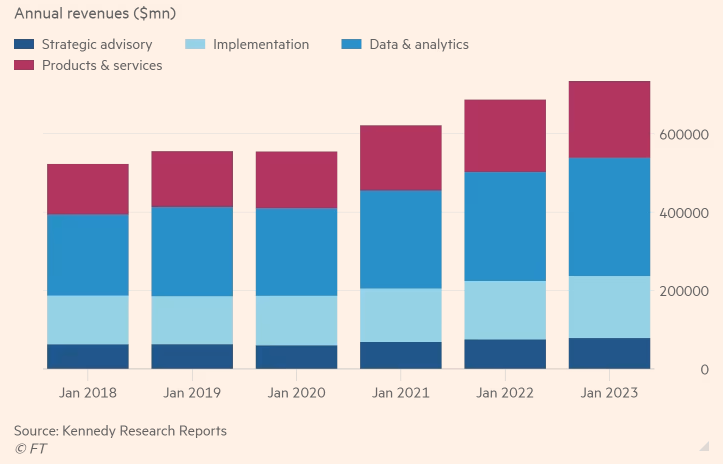
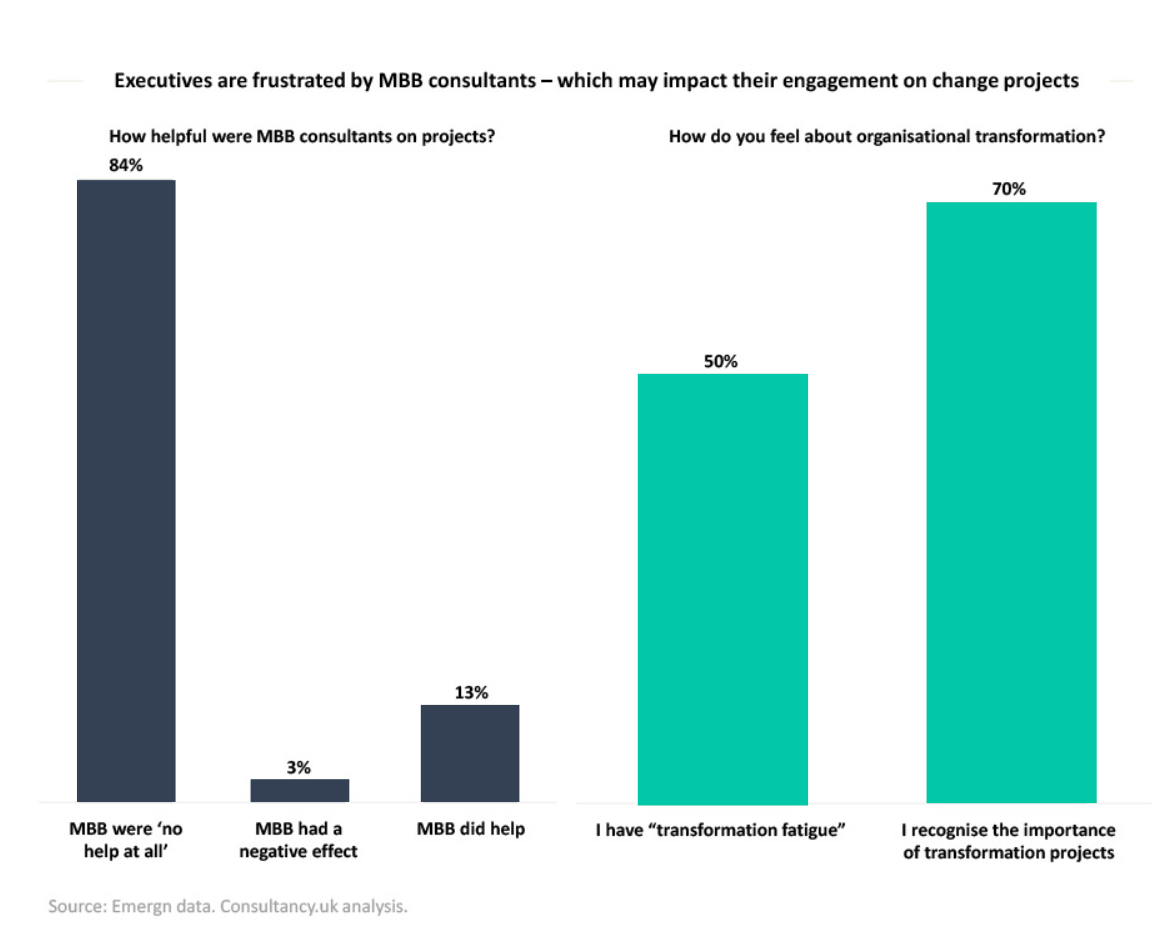
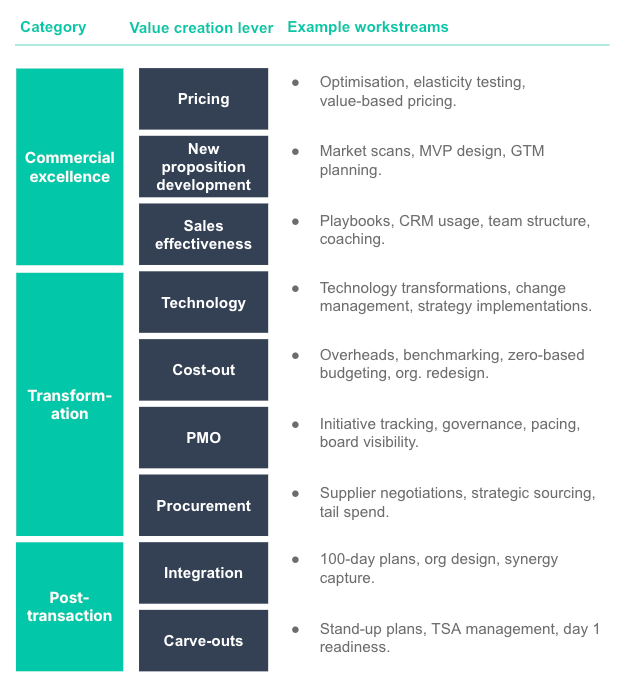

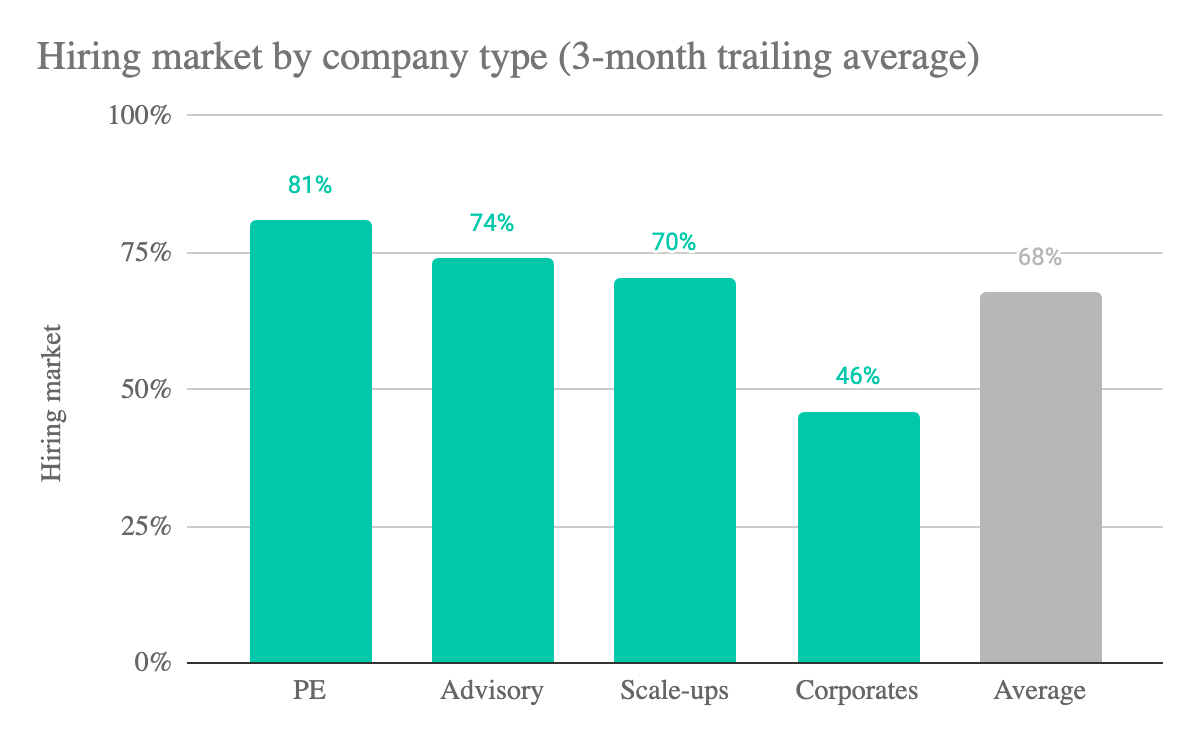
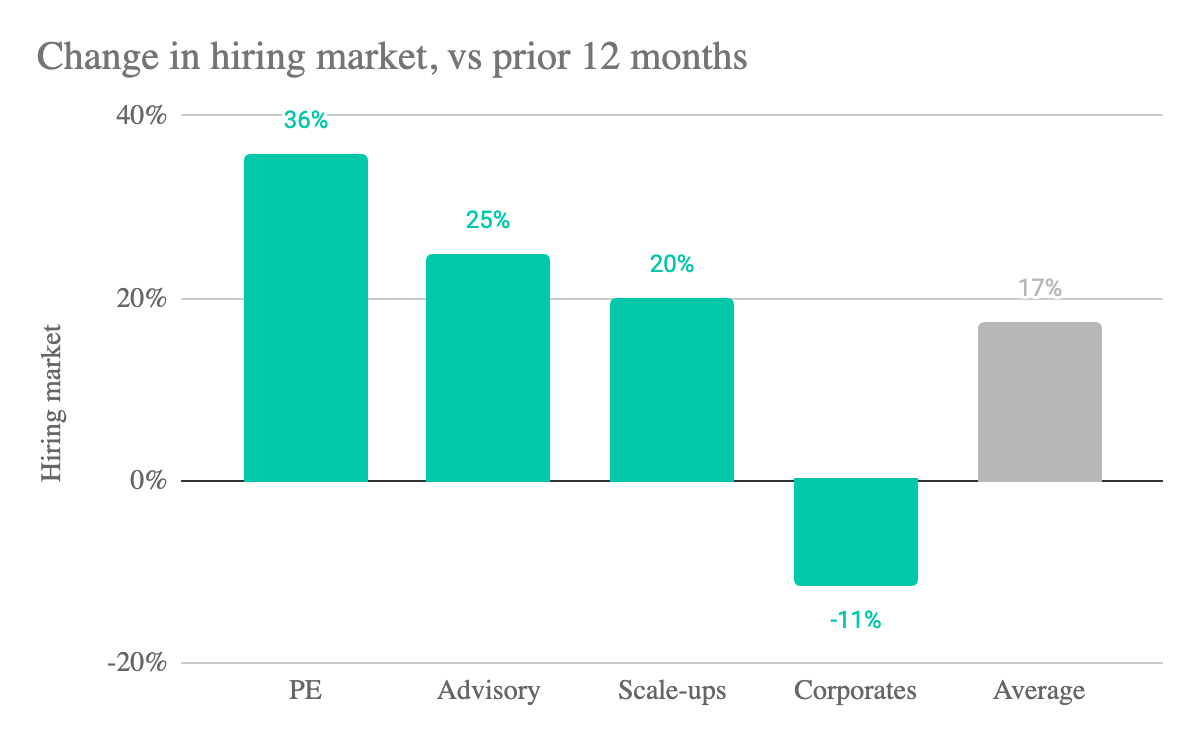


.jpg)
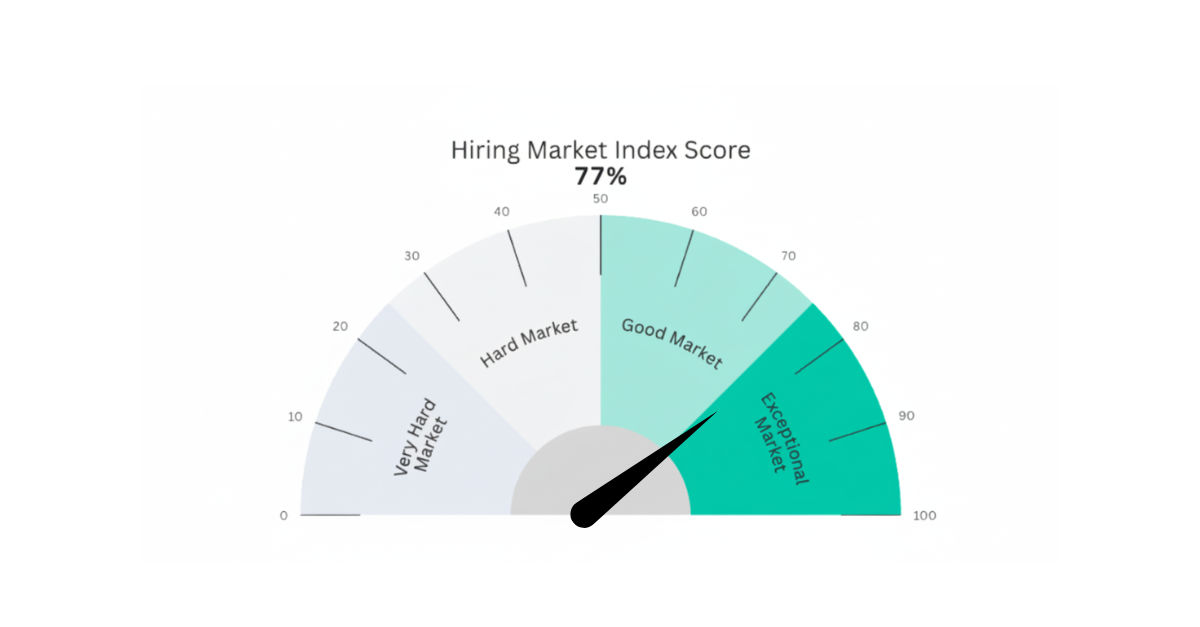
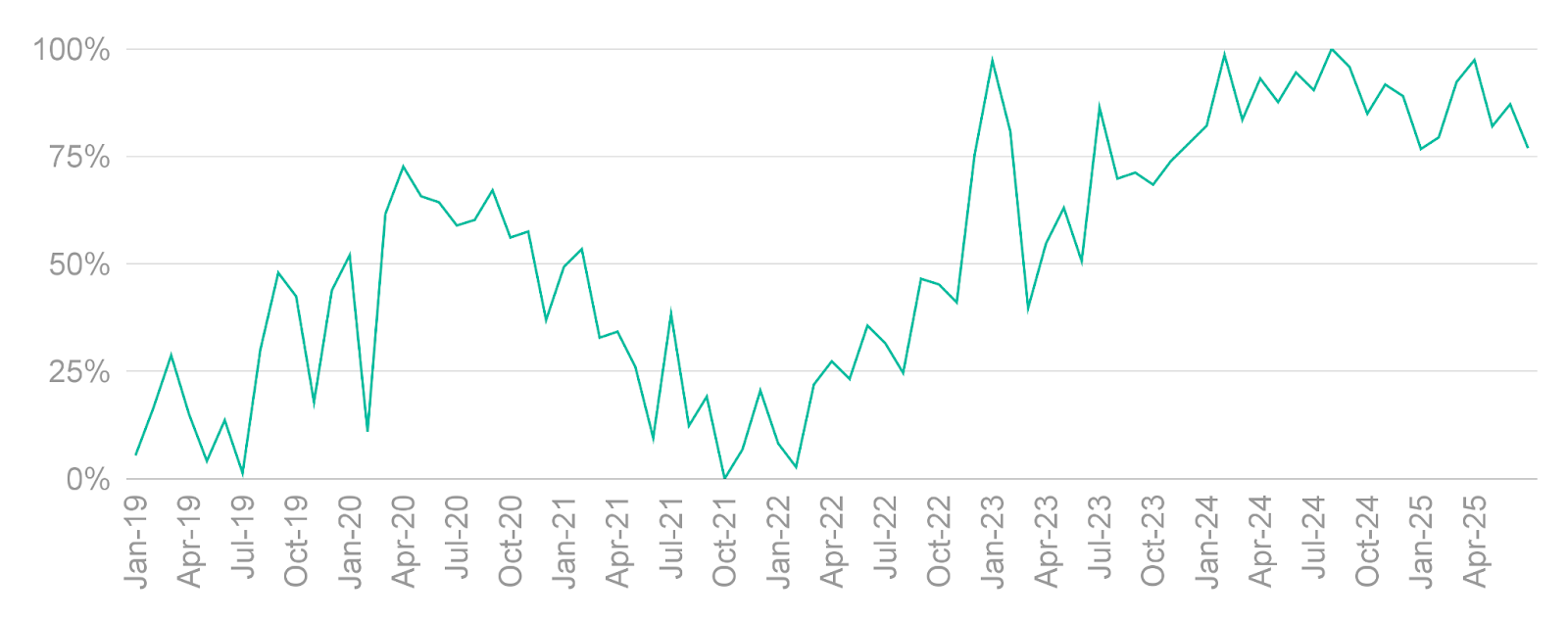
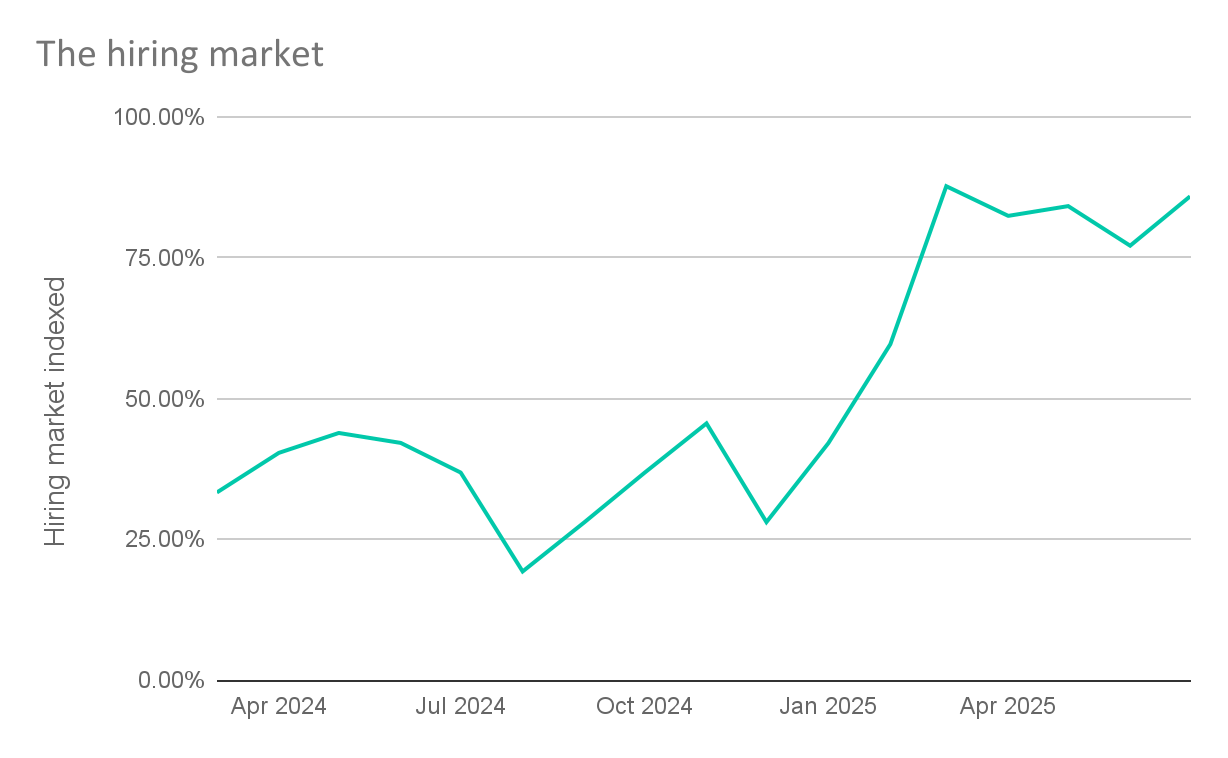



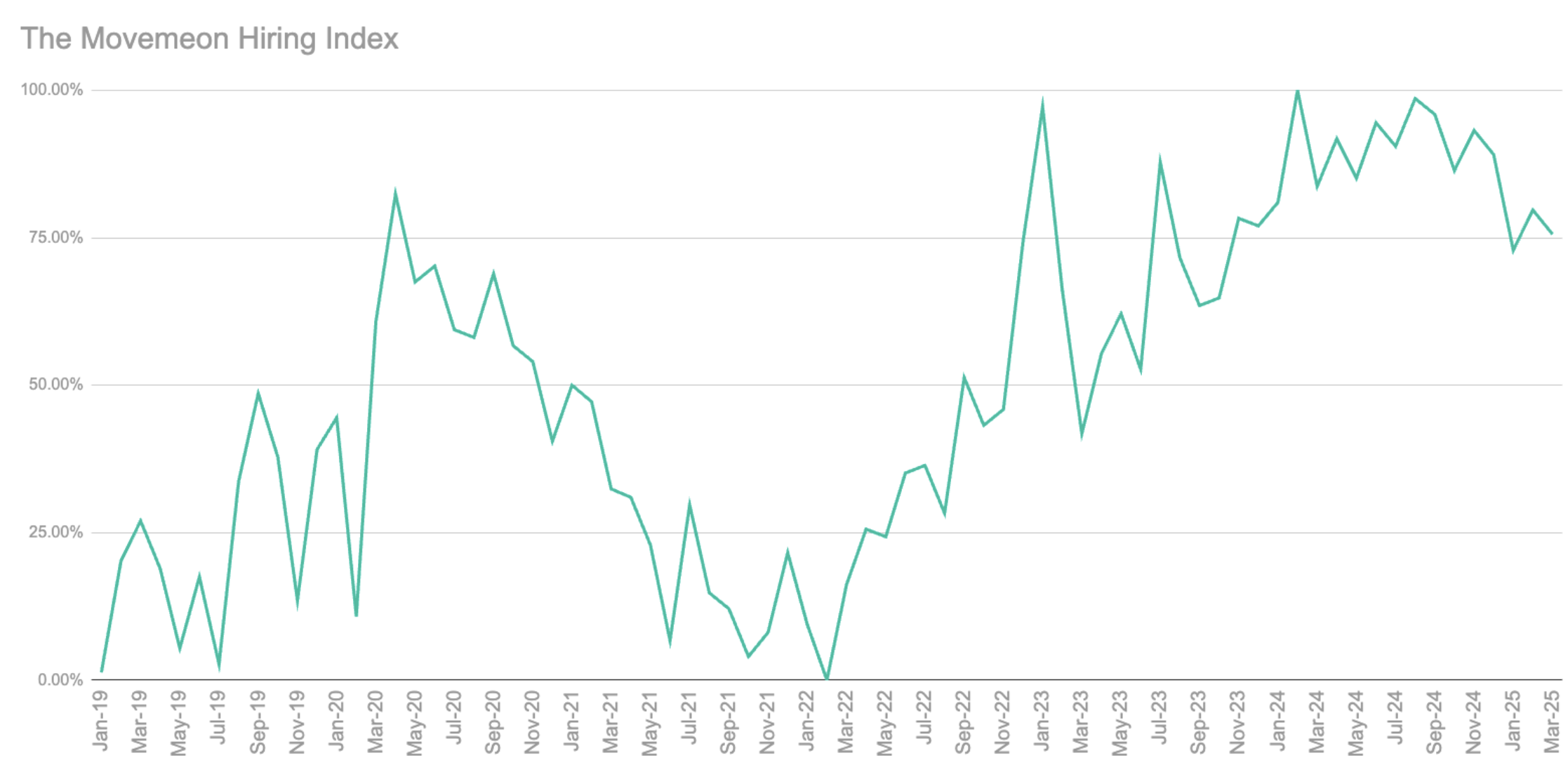



















.jpg)

